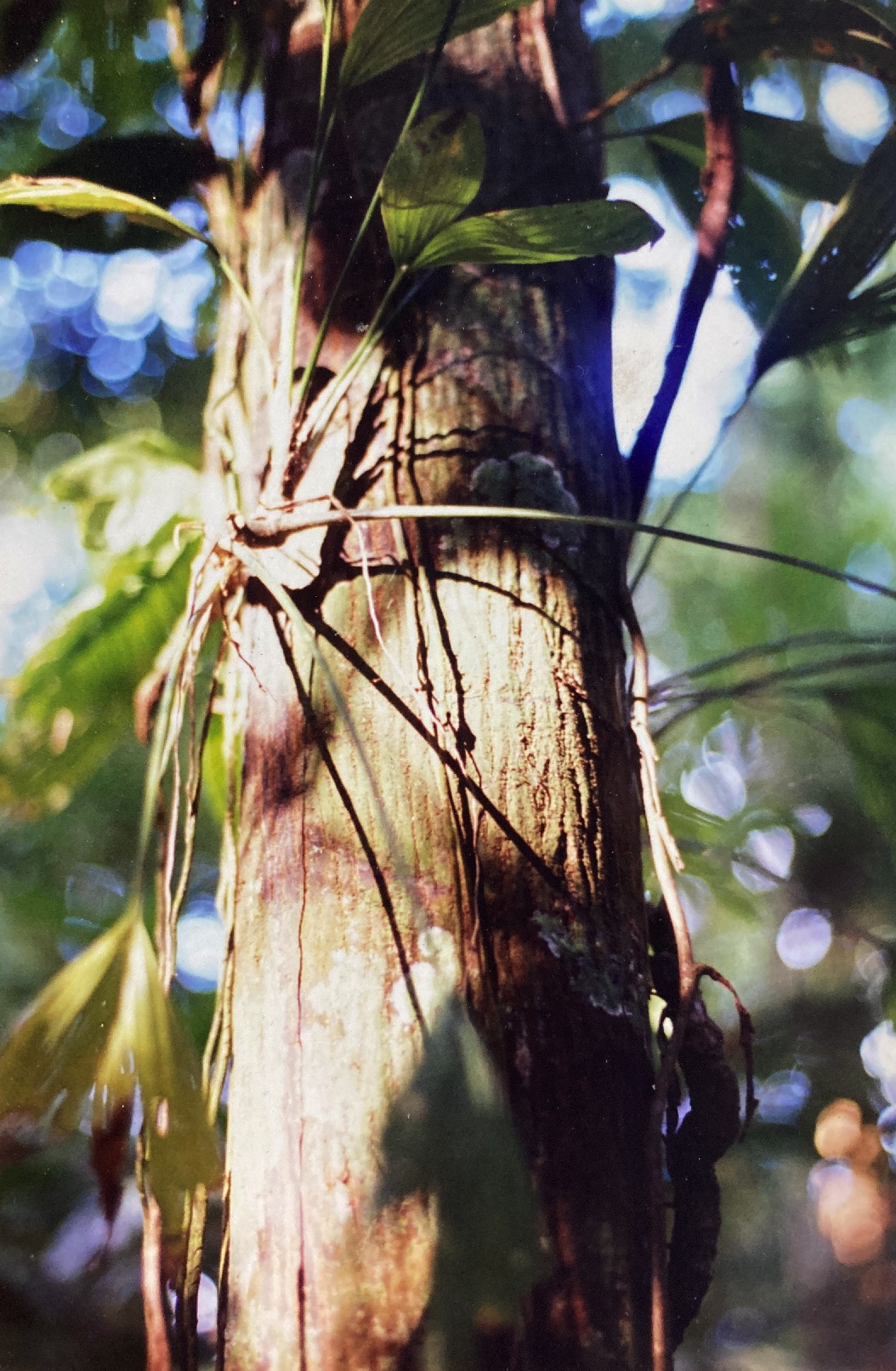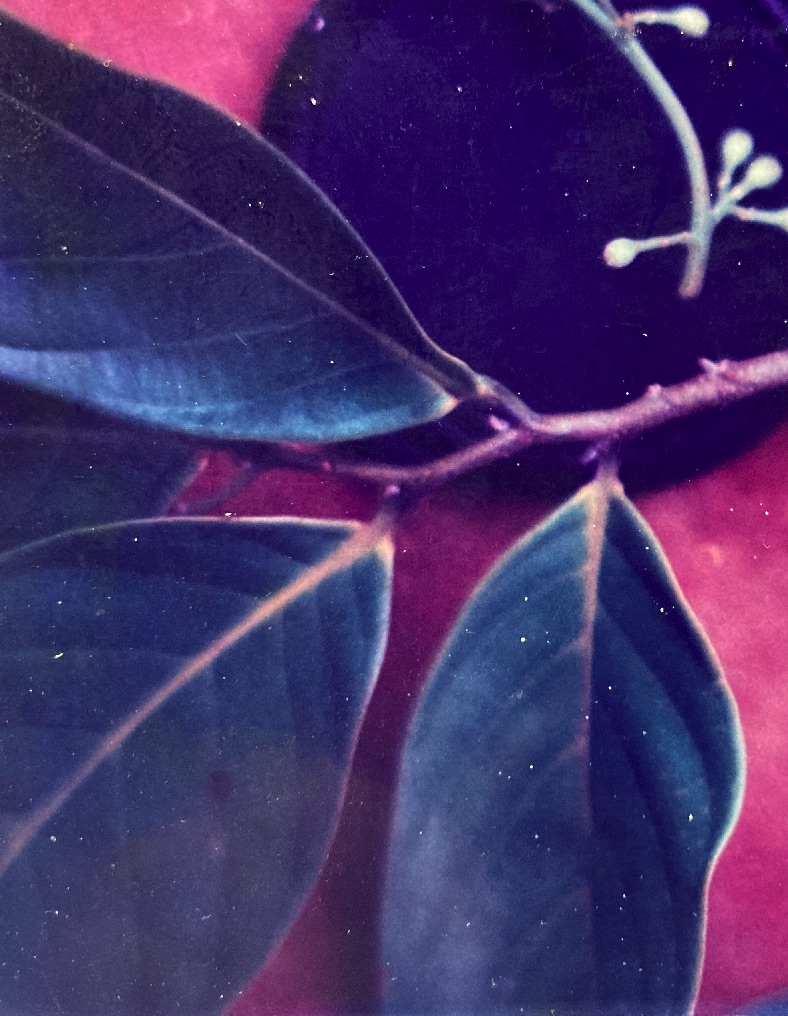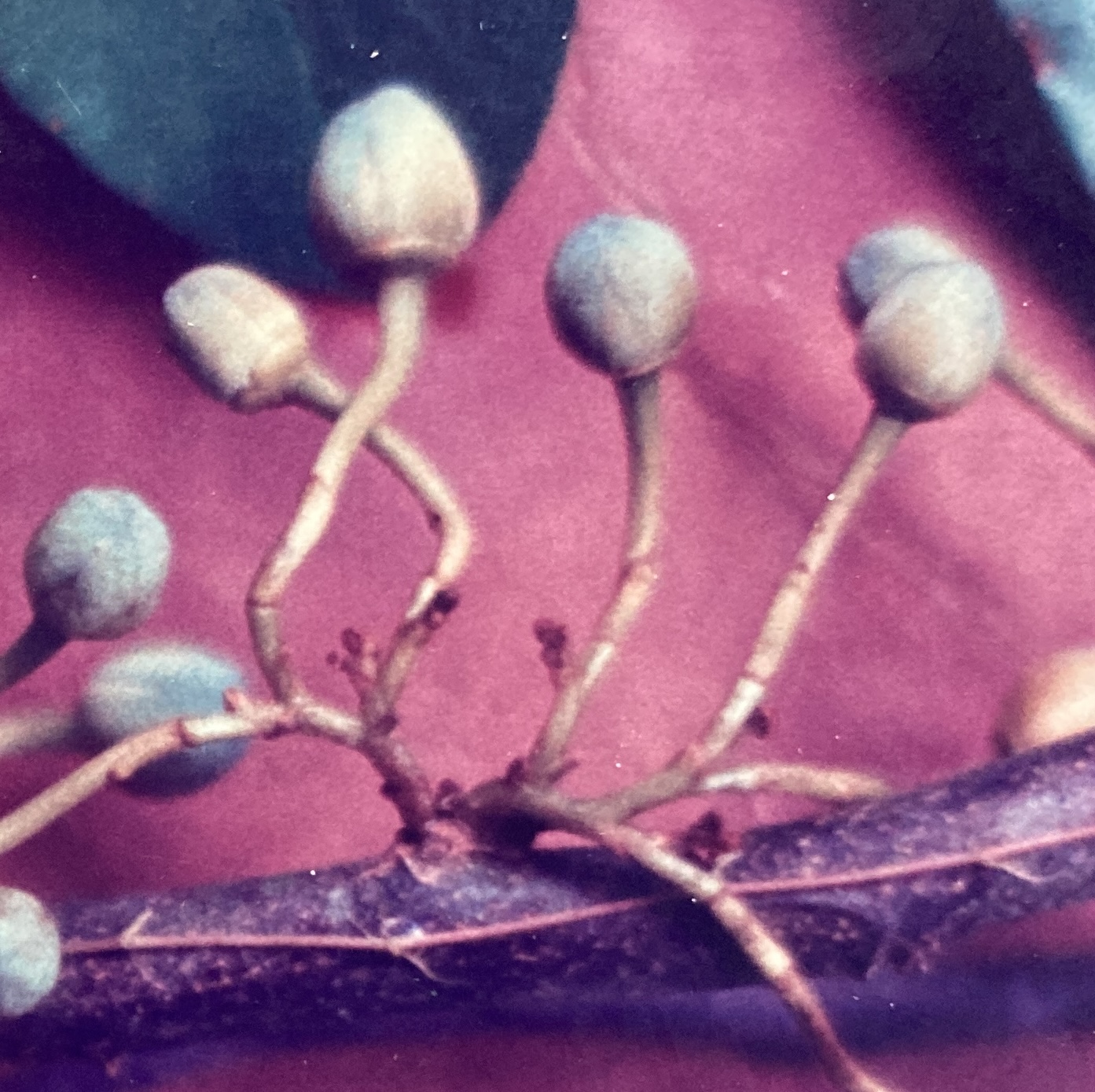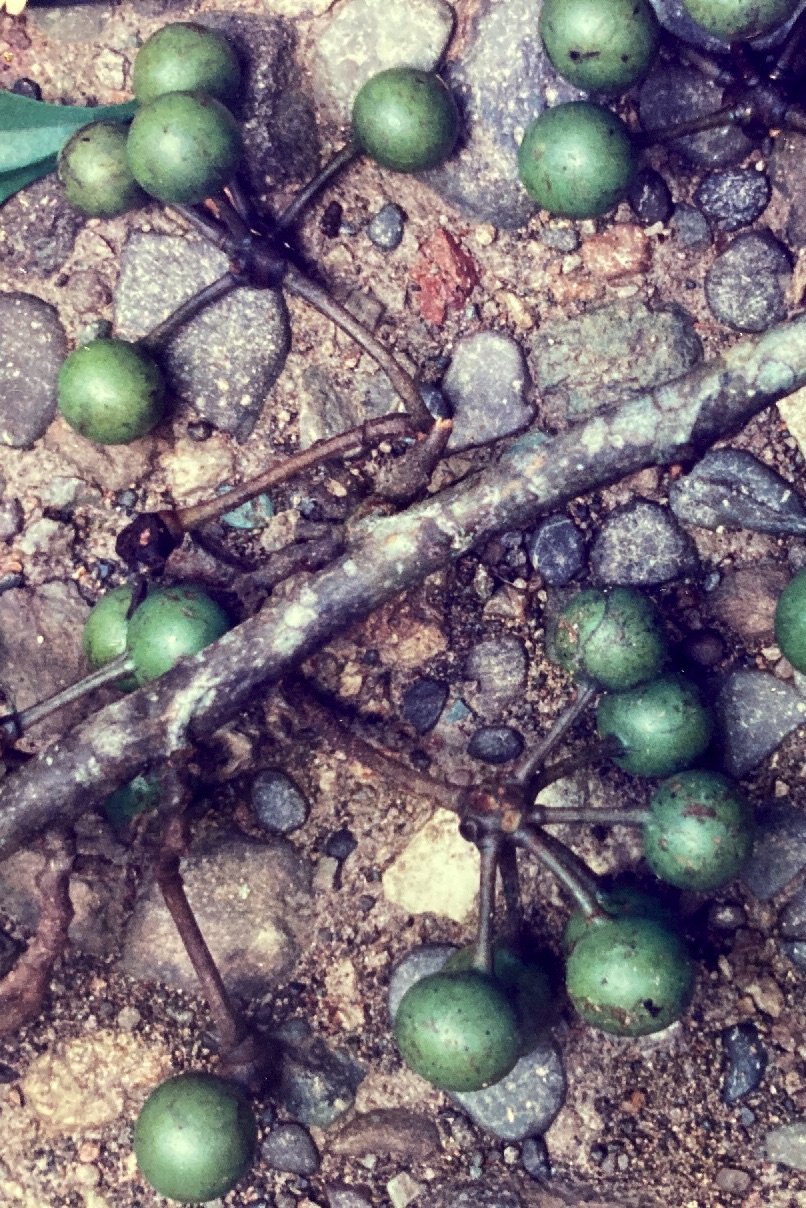Unonopsis pittieri Saff.
Annonaceae
YAYA BLANCA
Rare, evergreen understory tree (12-18 m) with a straight, pole-like trunk and glossy, ridged bark. This tree grows in the lower layers of the primary forest where it is easily concealed, however the year-round presence of either fruits or flowers greatly aid in its identification.
Description: Unonopsis has a straight, circular, monopodial trunk (20 cm) with glossy, pale green bark and no buttresses. The surface of the bole is characteristically contoured with low but wide, sinewy ridges that wind their way up the trunk, weaving back and forth and often merging and diverging with each other. Branches are horizontal – perpendicular to the main bole – and found along the upper third of the tree. They form a narrow and open, pyramidal crown. Twig bark is tough and fibrous and, when broken, it exudes a clear sap that rapidly darkens to brown through exposure to the air.
The simple, alternate, large leaves are arranged in two tiers along zig-sag twigs. Narrowly elliptical (or oblanceolate) in shape, they possess short petioles (6 mm) and may or may not present drip tips. Unonopsis foliage is widely variable in size, ranging from 13-24 cm in length and 4.5-8 cm in width. Otherwise smooth, each blade is engraved by a pinnately patterned set of leaf veins impressed into its surface. New foliage growth takes place in August and September.
Flowers occur along the thicker, bare portions of the branches behind the current leaves. They are found at the ends of “leggy” panicles with long, spider-like, curving pedestals (4 cm). Turning from green to yellow, the each blossom (1.5 cm) consists of six fleshy petals above a small, disk-shaped calyx. Many stamens and a divided central pistil are also present. Blossoming – a precisely timed, highly synchronous, and annual event – continues from early May through early July.
Fruits are pendulous conglomerations of globular, green drupes (1.5 cm). Attached to the branches behind the leaves, long stalks (5 cm) lead to spherical swellings that, in turn, support from 6 to 16 of these drupes – each at the end of its own, 1.5 cm twig. Fruits grow rapidly at first, but after reaching full size they appear to enter a period of dormancy, persisting unchanged on the trees until the following dry season. Ripening finally occurs as the drupes suddenly change color from green to reddish or purple (some ten months after flowering ended). Each contains a single, round but slightly flattened, seed (1 cm) sporting a distinctive, encircling, longitudinal groove. Annual events of consistent size and timing, harvests last from late March to early May.
Similar Species: Yayo (Xylopia sericophylla), a much more common tree in Manuel Antonio National Park (MANP), shares Unonopsis‘ growth form, size and habitat. Both trees are monopodial residents of the forest understory with perpendicular branching and glossy, somewhat ridged bark. Nevertheless Xylopia has much smaller foliage than does its relative. Fruits, present in Unonopsis canopies nearly year round, further serve to distinguish the two species.
Natural History: The manner in which Xylopia delays the maturation of its fruits for eight months after they have achieved full size in the canopy may be seen as a behavioral adaptation that enables fruitfall to coincide with the start of the rainy season. Such timing gives seedlings a maximum amount of time to establish themselves before the onset of the next dry period.
Distribution: In MANP, Unonopsis is found in the understory of the primary forest. It populates Costa Rica’s southern Pacific slope, where it has also been collected in Corcovado National Park. Unonopsis ranges only from Costa Rica to Panama.




